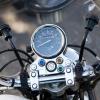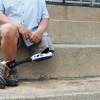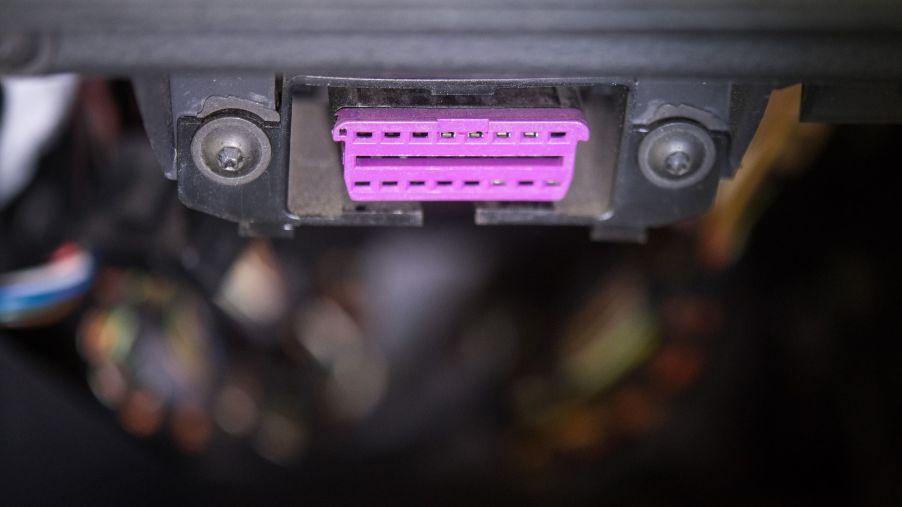
Can You Hook a Motorcycle up to an OBD-II Scanner?
There are many useful tools to keep in your maintenance toolbox—but not all of them are mechanical. And among the electronic ones, an OBD-II scanner can be very helpful for working with modern cars and trucks. But is that tool only limited to four-wheeled vehicles? Can you also use that OBD-II scanner on, say, a motorcycle?
What is an OBD-II scanner and what does it do?
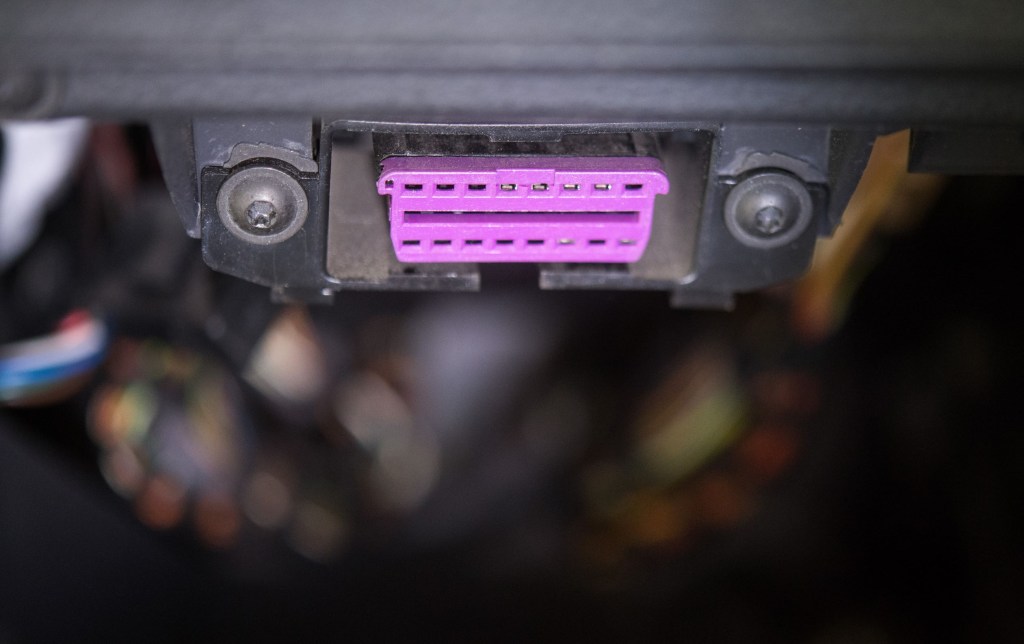
Over the last few decades, cars and trucks have increasingly relied on sensors and computers to run properly. And while that’s improved day-to-day reliability, it’s also made some repairs more complicated, AutoZone explains. Especially since not every computer failure is as simple as a broken wire. That’s where OBD-II ports and scanners come in.
OBD (short for ‘On-Board Diagnostic) is the name of the communication system that connects a mechanic with a car’s engine computer, Autoblog explains. Because the ECU ‘talks’ with every other sensor and sub-system in the car, it’s aware if something’s amiss.
When that happens, it throws out a trouble code and informs the driver, usually through something like the check-engine light. You or your mechanic can read these codes using an OBD-II scanner that plugs into the OBD-II port, Autoblog explains. And by interpreting the diagnostic code(s), it’s possible to figure out what’s wrong, such as a broken spark plug, a failing catalytic converter, or a clogged fuel injector, OBD Advisor reports. That’s why emissions testing sites plug scanners into your car’s OBD-II port.
Speaking of emissions, that’s what prompted automakers to introduce the first-generation ‘OBD-I’ systems, Digital Trends explains. Back in the early 1980s, the only computers found aboard cars and trucks controlled the electronic fuel injection. However, while OBD-I systems were simpler than OBD-II ones, they were also often proprietary and automaker-specific, Carfax reports.
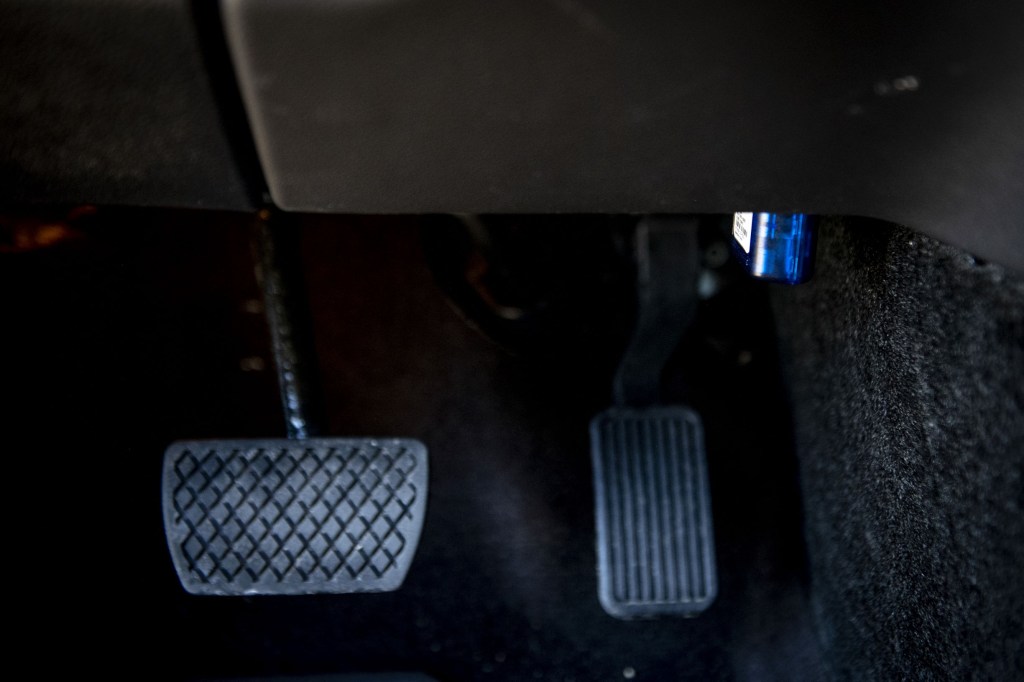
That’s why, in shades of today’s ‘right to repair’ issue, the EPA mandated for OBD-II to be a universal system. And this universal design is why home mechanics can buy personal OBD-II scanners, including ones that connect with smartphone apps via Bluetooth, The Drive reports. Plus, because the OBD-II port is a direct line to the ECU, tuners can use it to unlock more power, Roadshow reports.
Do motorcycles have an OBD-II port?
In the US, the OBD-II port has been a required feature on new cars and trucks since 1996, The Vehicle Lab reports. It’s why the Dodge Viper didn’t have an OBD-II port until its second generation. However, seeing as many motorcycles still had carburetors in the early 2000s, it’s easy to think bikes don’t use OBD systems. But the reality is a little more complicated.
Initially, yes, motorcycles didn’t use any OBD systems because they didn’t rely on EFI. But as emissions regulations tightened, bikes swapped the carbs for fuel injectors and gained catalytic converters, Cycle World reports. That meant they needed some form of onboard computers.
Then, starting in 2016, the EU required all new bikes over 125cc to have ABS, Bennetts reports. This required additional computational power. And now we’re up to traction control and even optional adaptive cruise control.
In short, like cars, modern bikes rely on an ECU linked to a network of computers and sensors to keep things running. This is what’s known as a CAN-bus system, Motorcyclist explains. And OBD-II systems are essentially a kind of CAN-bus system, NAPA explains. But while they’re similar, a CAN-bus motorcycle port isn’t an OBD-II port. However, that doesn’t mean motorcycles don’t use the latter.
When the Euro 4 regulations took effect in 2016, new bikes needed to have an OBD-1 system to monitor the emissions-related tech, MCN explains. And the new Euro 5 regulations include requirements for motorcycle OBD-II systems, Bennetts reports.
So, yes, for 2021, new Euro-5-compliant motorcycles do have OBD-II ports. Plus, while most CAN-bus bikes don’t have OBD-II ports, some older bikes do, RideApart and RevZilla report.
How do you read a bike’s diagnostic codes?
The good news is that you don’t necessarily need an OBD-II port to check your motorcycle’s diagnostic codes. If your bike has an onboard computer, it has a diagnostic port to check for potential problems. And if it does have an OBD-II port, you can easily access it with computer software or a wireless dongle and an app, RevZilla reports.
The bad news is that pre-OBD and non-CAN-bus bikes usually have proprietary diagnostic systems. And that means, rather than getting a universal scanner or code reader, you need one designed for your bike’s make, 790Adventure explains.

But regardless of the specific adapter, all scanners work in broadly the same way. Once connected, they read the diagnostic codes using software installed on the scanner, your computer, or the phone app. And while basic ones just display the code number, more advanced scanners/readers describe the actual fault. Some can even simulate tests, just like the ones professional mechanics use, Roadshow reports.
Follow more updates from MotorBiscuit on our Facebook page.

